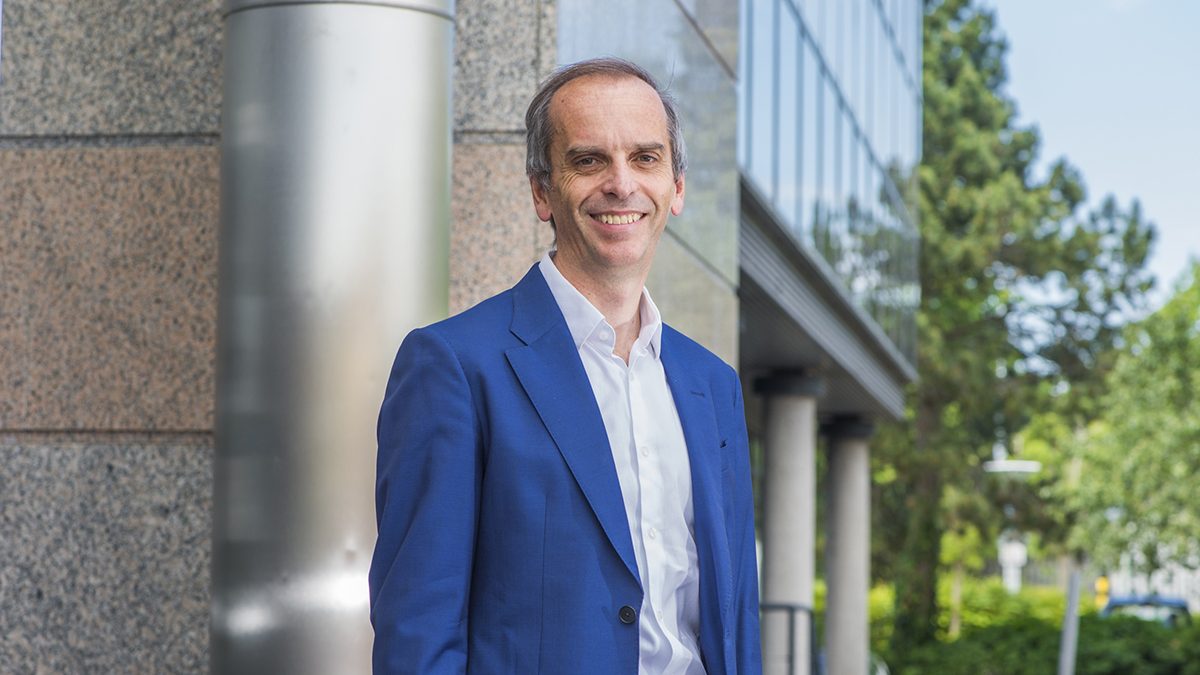Six years on from the Paris Climate Accords and the world is still getting warmer. We are now seeing first-hand the impact of climate change – the floods and fires alone are increasingly of biblical proportions. However, the number of innovative solutions and sense of urgency brings hope and optimism as Glasgow prepares to host Cop26.
As chief executive at The Scotland 5G Centre, I am leading the charge to support the Scottish Government’s digital and net zero economy ambitions. Climate change is among the greatest challenges facing mankind and digital technology is a big part of the solution.
Watching David Attenborough and Prince William announcing the first winners of the new Earthshot Prize this week, I was struck by the innovation, collaboration and partnership taking place around the world to make significant changes.
Digital technologies can help decarbonise Scotland’s economy, helping people and the planet. However, to achieve this we need more action and intervention. The green-growth recovery needs involvement across the public and private sector. They need to tap into the integrated funding and range of support available to work at pace and create jobs and opportunities.
A recent report by Vodafone showed the potential to reduce greenhouse gases in transport, agriculture and manufacturing by as much as 17.4 million tonnes – or nearly a quarter of Scotland’s current emissions. Optimising energy and resource consumption is one of the biggest ways to reduce emissions and 5G capability and connectivity is an exciting new way to help repair much of the damage to the planet.
Digital technology will help pave the way for reducing emissions across the whole of the country. In city centres, digital will help us secure carbon savings that come from transport, which make up 87% of total emissions, as well as in the countryside, where agriculture accounts for 38%, according to Connecting for Net Zero: Addressing the climate crisis through digital technology, a WPI report for Vodafone UK, released last month.
Whilst 5G can help efficiency, enhanced connectivity also offers new opportunities to speed up energy transition and offer tailored services based on differing needs and requirements, to enable smart grid services.
5G can support rural areas. Bringing connectivity to these communities can allow businesses to innovate and explore new ways of home working. Additionally, it can offer access to high quality healthcare and education.
The entrepreneurial spirit in Scotland is vibrant. We are working across the country in rural and urban areas to help test innovative ideas that will have long-term environmental possibilities. Test beds are being used for use cases in healthcare, agri-tech, gaming and environmental healthcare. The aim is to invest in 5G ideas that pave the way for a lower carbon way of life.
At our hub in the Forth Valley, we are working in partnership with Scotland’s International Environment Centre, part of the University of Stirling, collecting environmental information to build a green data recovery platform. This ‘digital twin’ allows a virtual model to be used to look at ways to protect precious resources.
Infrastructure is the platform for innovation. At the meeting of minds in Glasgow, world leaders, environmentalists and policy think-tanks alike will all agree that smart, wirelessly-connected appliances, factories, cities, and transportation grids will be able to optimise and reduce their power consumption and help support the necessary net zero targets.
My hope for Cop26 is that 5G’s significant environmental benefits of improving energy efficiency and reducing emissions are recognised. 5G offers a meaningful contribution to global efforts to mitigate climate change and Scotland is at the forefront of efficient environmental management.
We are not about to scoop the Earthshot prize, but I am confident 5G technology will make transformational improvements to the green agenda and will give the planet a fighting chance.




